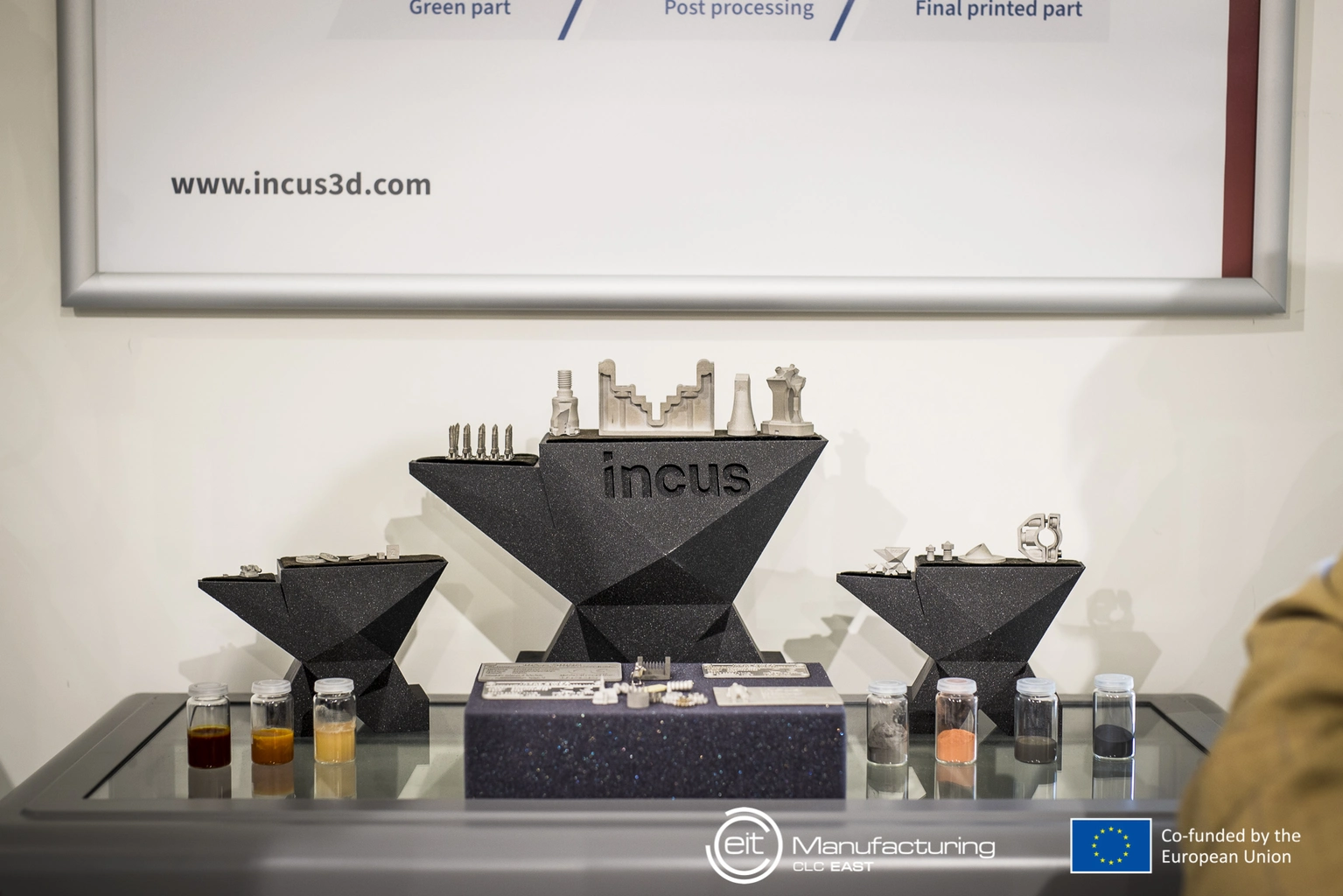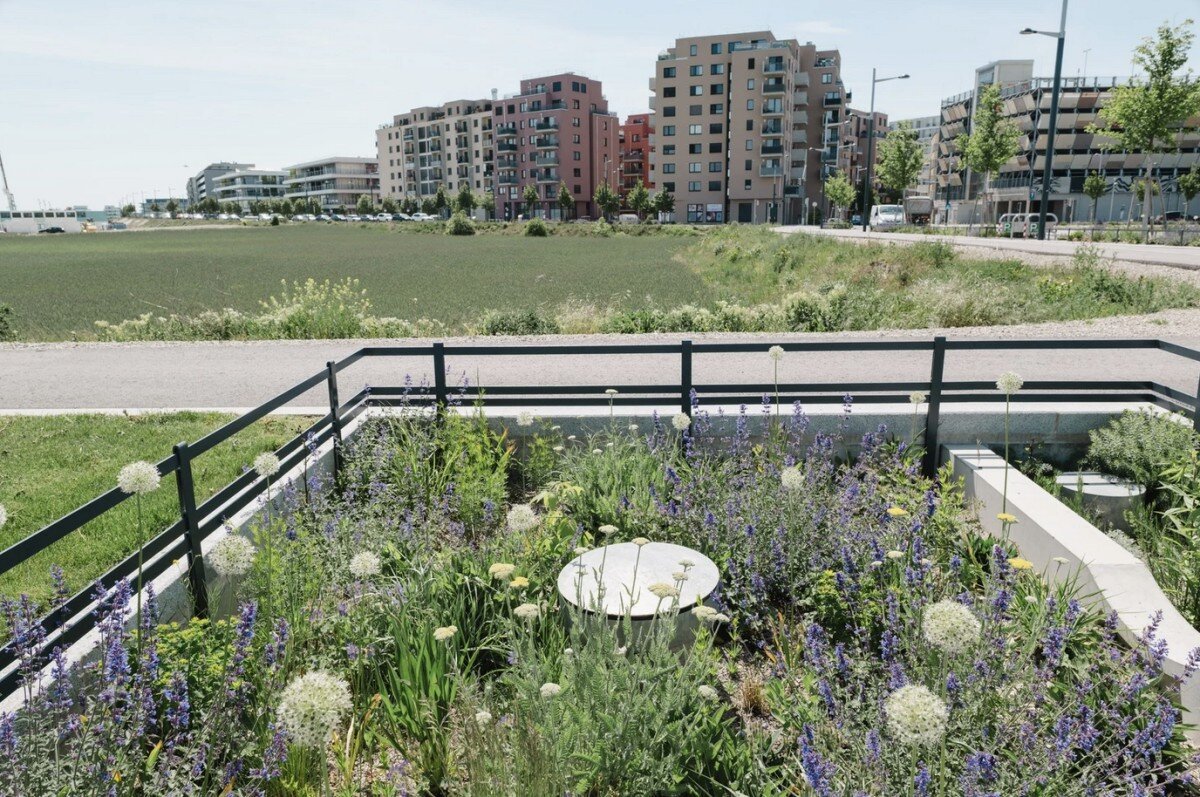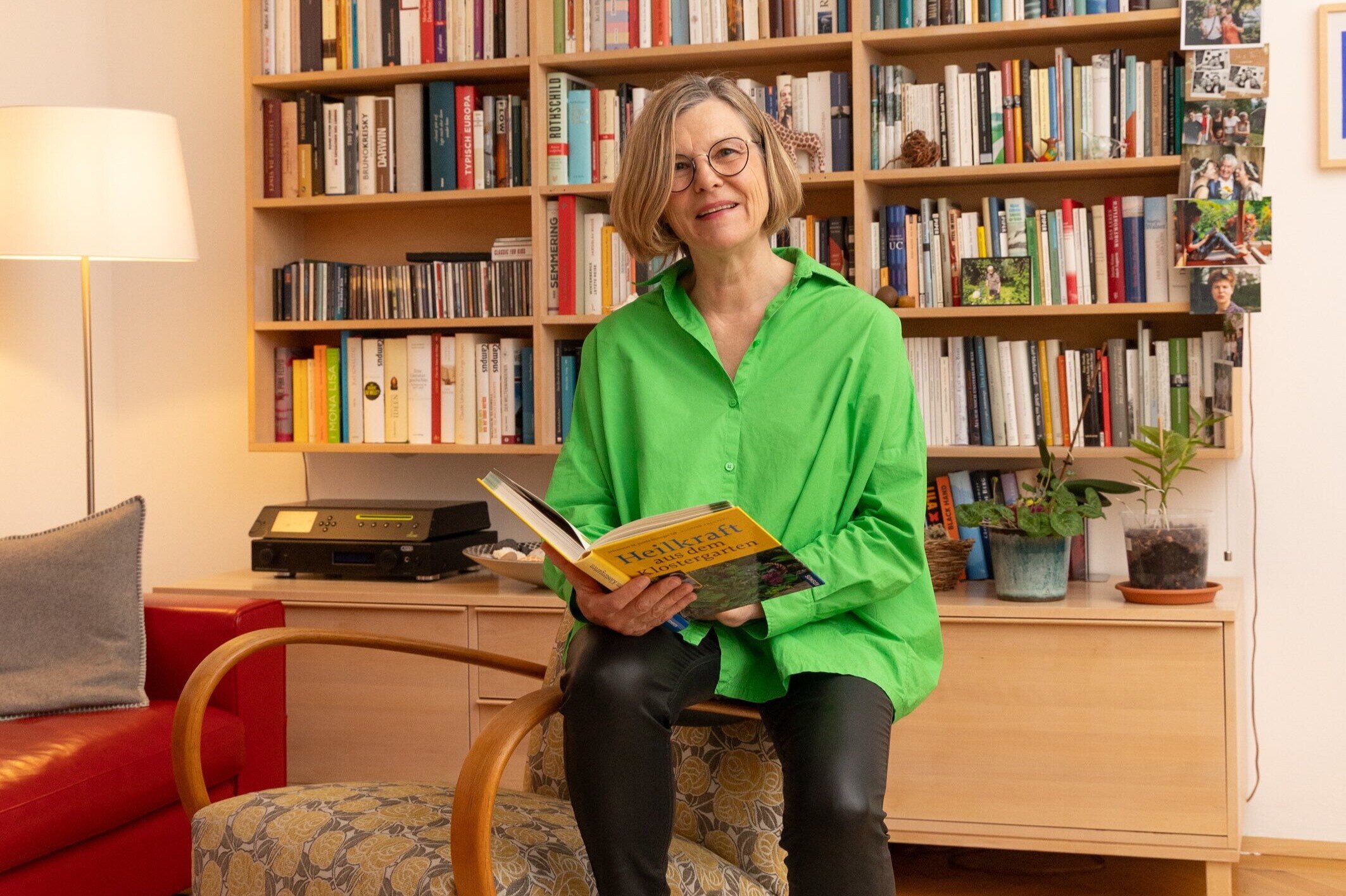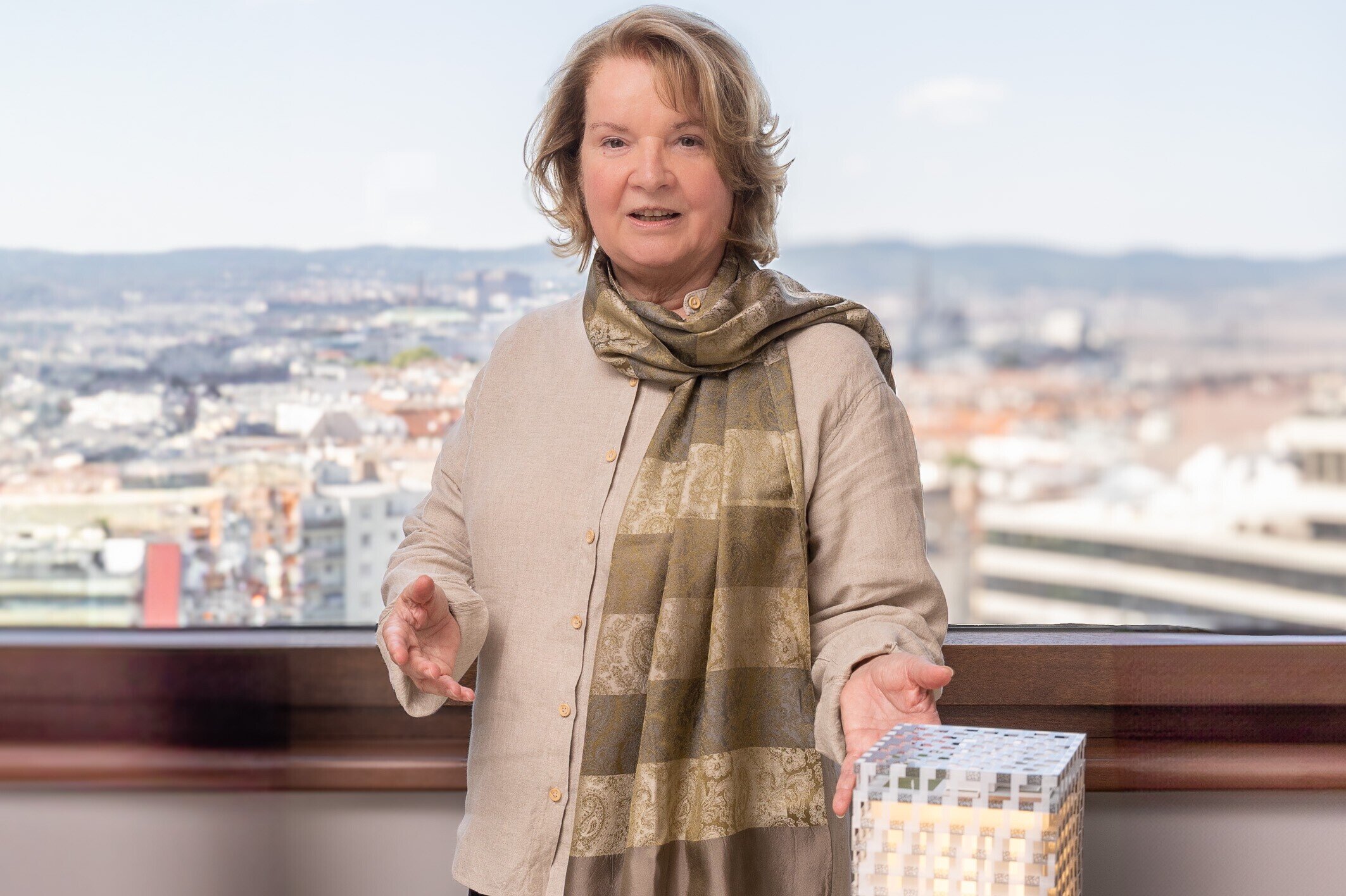Author
Christian Lenoble
Published on 14.04.2025
From the business magazine "Workflow"
01/2023 Radiance

The Volkstheater doesn’t have it easy in Seestadt, says Lisa Kerlin—and she means that as a compliment: “The people of Seestadt don’t really need us.” Kerlin is the director of “Volkstheater in den Bezirken” and paints a picture of a vibrant, engaged community: “They already have a very active, independent cultural program of their own. There are initiatives, a great library, and so much more.” And indeed, if you look at the Kulturgarage’s program, the Vienna Lakeside Music Academy—now grown to 40 “brave singers”—invites people to concerts; theater, cabaret, and exhibitions alternate. The Seestadt event calendar features guided walks through the sculpture avenue, readings, events at the Community Café YellaYella, intercultural festivals—everything is represented. Daniel Schönherr, author of the Sora study “Cultural Participation in Austria,” sees this as a good foundation for the Volkstheater: “I took a look and saw that a lot happens here under a broader definition of culture, not just theater or museums—leisure activities, sports, and similar things are included. For an institution like the Volkstheater, these are wonderful conditions: You find a self-organized field that you can embed yourself in and connect to. It’s a foundation you can build on.” A good foundation—and a good venue. Kerlin also speaks enthusiastically about the Kulturgarage: “Because we have a new venue here, where we’d like to stay for a long time, and because it’s also a VHS, which makes a lot of sense for our political orientation. And because it just works so well, because we have all the resources. Our technicians are happy when they come in, the actors love the beautiful stage.” That’s also one of the reasons why the Kulturgarage served as the stage for the institution’s 70th anniversary.
Theater that Plays Life
An opinion shared by the Rabenhof—because the “Rabenhof feeling in the districts” can also be felt in the Kulturgarage. Due to high demand, the run was extended. “Wir Staatskünstler,” Andreas Vitásek as the iconic “Herr Karl,” and the cult trio Maschek are on the program this year—in short: “Highlights from the community theater of the heart.” And you could hardly sum up the best conditions for cultural participation more beautifully, because that’s exactly what people want to see: “Theater that relates to me, my reality, my life.” In addition, Schönherr says, something he calls “aesthetic prior knowledge” is needed. Especially if you didn’t grow up with cultural offerings and are therefore unfamiliar with them, one of the biggest barriers, according to Schönherr, is “the fear that something will happen there that I don’t understand, that might bore me because I can’t relate to it.” This starts with the building itself, extends to the process, and of course to the play itself. The study also asked why people don’t use or rarely use cultural offerings. Price was often cited as a reason, but this should be taken with caution, Schönherr explains:
“Many of those who cited price as a reason also admitted that they have little insight into what different cultural offerings actually cost. So I think price is often used as a pretext so people don’t have to admit their fear of feeling out of place.” Overcoming this barrier is also one of the main ideas behind Volkstheater in den Bezirken, which brings performances to venues like Seestadt’s Kulturgarage: “It should be a space where people feel comfortable, where you can show up in jeans,” says Kerlin. So a cultural offering needs a personal foundation to build on. And this is often literally laid in the cradle, Schönherr explains: “In the study, we deliberately focused on those who are starting to participate in cultural offerings or have increased their participation—depending on the field, that’s between ten and thirteen percent. These people are usually younger, better educated, and essentially match the traditional cultural audience. In their mid-thirties, many stop or reduce their cultural visits—with one exception: academic parents. They continue as usual with their children, go to children’s theater, museums—and so what we call cultural capital is naturally passed from parents to children. Just like wealth is inherited.” A little side note: Parents in Seestadt can look forward to “The Little Prince” in the upcoming season of Volkstheater in den Bezirken.
The Artist Does It Themselves
Culture in your own life can take many forms—what about your own cultural or artistic activity? We know it from sports: those who play tennis themselves are usually well informed about world rankings, record holders, and might watch a match. Do musicians go to concerts more often? “We didn’t ask that in the study, so I can only give an estimate,” Schönherr qualifies, “but it’s understandable that there’s a strong connection. I’m pretty sure that your own artistic activities, in whatever form and to whatever extent, naturally also promote cultural participation in the form of visiting institutions or events.” So Seestadt could definitely benefit from the fact that the district is already well equipped with opportunities for personal activity:

Dirk Stermann – Brewing Together © ngo Pertramer/ Rabenhof
In the Musikquartier, (hobby) pianists can rent practice rooms equipped with grand pianos, upright pianos, or both from four euros per hour. In addition, the See Saal with a Bechstein concert grand and space for 50 people is available. Booking, payment, and unlocking the rooms is done via smartphone. Vienna’s dance and performance scene also has a location here: organized by Impulstanz, the Seestadt studios can be rented for “rehearsals, residencies, and the realization of individual artistic projects,” as it’s described. Because one thing is clear—and you probably don’t need a study for this—people are still at the heart of culture.












